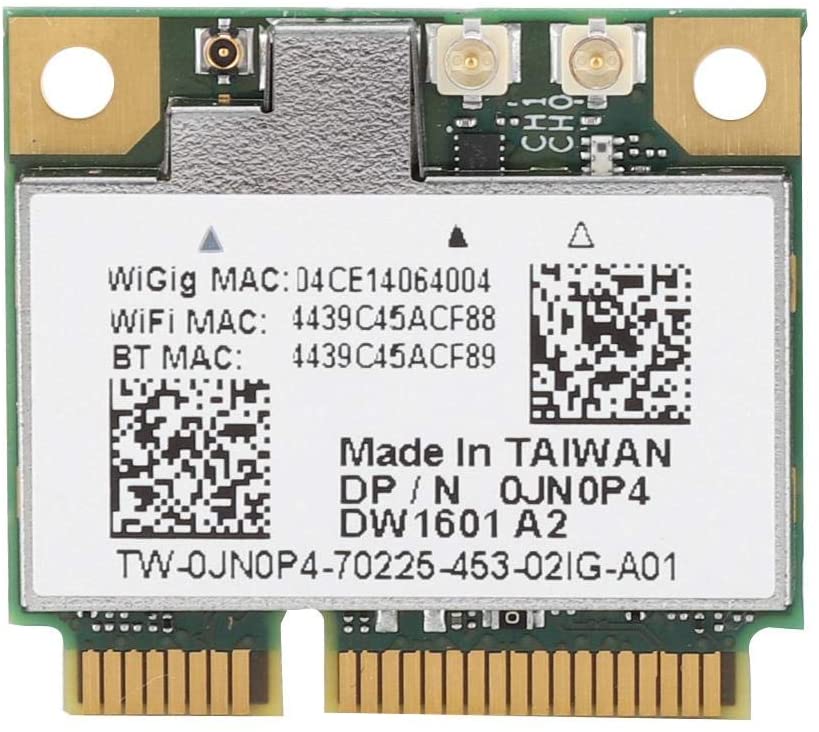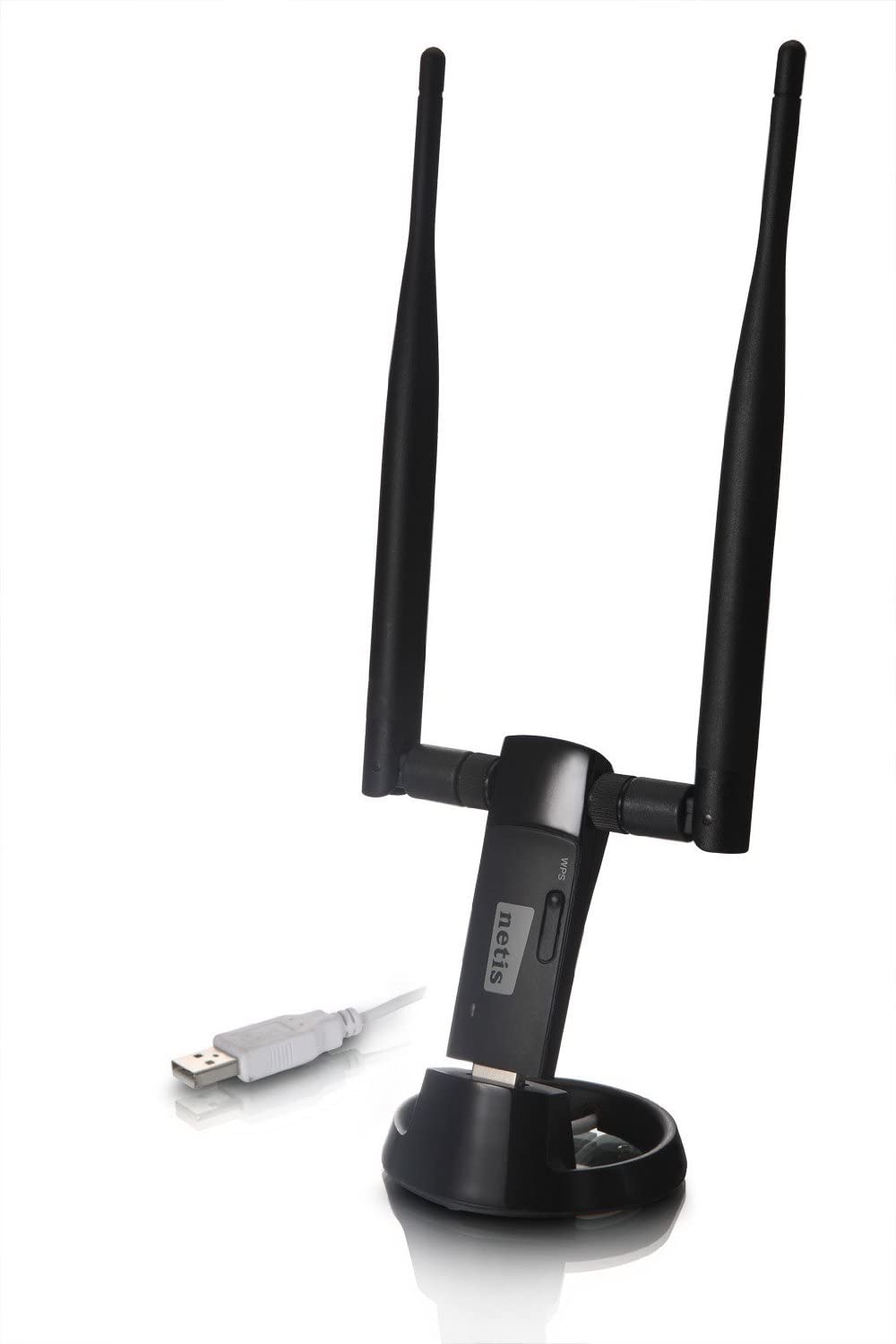WiFi Master/AP-Mode
USB Dongle
Mini PCI-E
Chip che supportano la modalita Master/AP-Mode
Qualcomm Atheros AR9462


USB Dongle
Mini PCI-E
Chip che supportano la modalita Master/AP-Mode
Qualcomm Atheros AR9462


To check if an adapter and driver can do master mode you can use a program called 'iwconfig'
sudo iwconfig
In the terminal window should list all available wireless interfaces. Assuming your adapter is connected and its drivers are loaded,
try the following.
sudo iwconfig wlan1 mode master
Replace wlan1 with whatever Ubuntu is calling your adapter. If you don't get an error you're in business.
mac80211 based driver
Many newer drivers use the mac80211 framework. The iwconfig method of checking for master mode doesn't work with these drivers,
because they use the new nl80211 interface for userspace communication.
You have to install 'iw' the new wireless configuring tool at first.
sudo aptitude install iw
'iw list' shows all supported features of all installed wireless card supporting the new nl80211 interface.
iw list
If there is 'AP' in the list of "Supported interface modes" your device will support the Access Point mode with hostapd.
...
Supported interface modes:
* IBSS
* managed
* AP
* AP/VLAN
* monitor
* mesh point
...
Setting up a Wifi Adapter to support "master mode"
What we need for a wireless "base-station" or "access-point" is a wireless network card that does "master mode", which allows our
Linux box to behave just like products from the likes of Linksys, Netgear & Belkin - later sections of this HOWTO should be pretty
much the same whether you can find a 802.11a, 802.11b or g card that does master mode in Linux.
Select a card that supports "master mode". Be careful when buying a card for this project: - WLAN cards documented as Linux-supported
often become no longer available. As a common cost-cutting measure, wireless adapter manufacturers will revise an existing product's
specifications, substituting a different chipset (or other components) without changing the (formerly Linux-compatible product's) model
number. Naturally, this is a common source of confusion for individuals attempting to purchase a compatible adapter, even when they
think they know which adapter to buy. Manufacturers don't help matters much, often using strange naming conventions that produce numerous
confusingly similar model names and numbers. Consider: At one point D-Link offered 3 different revisions (with 3 different chipsets) of
its DWL-520 adapter, as well as the (completely different) DWL-520+, which was not to be confused with the entirely unrelated DWL-G520,
DWL-A520, not to mention the 8 varieties of product offered under the "DWL-620" moniker. Thus it is crucially important to pay close
attention not just to manufacturer/model names, but also revision numbers (if provided), chipsets, included drivers, etc, as well.
(If uncertain, consider purchasing from a retailer who offers a "consumer friendly" return policy, so the product can be returned/exchanged
if it turns out to be incompatible.)
There are very few 802.11N USB adapters with chipsets that clearly support master mode on free software platforms. The situation is
rapidly deteriorating as chipset manufacturers have not released source code or specifications in many years. One place to purchase a
compatible adapter is http://www.thinkpenguin.com/. http://linuxwireless.org/ also maintains a list of adapters and information on master
mode compatibility. This list can be very misleading as most adapters which had a compatible chipset have been long discontinued.
When selecting a PCI adapter, cards based on Atheros chipsets tend to be compatible: http://madwifi.org/
Doing a Google search on the manufactures part number usually gets results e.g. "Cnet CWP-854 chipset" should give you the result of
Ralink rt2561 or rt61. The other option is to plug the wifi adapter into a Linux box and type the commands:
sudo lspci
for PCI adapters
sudo lsusb
for USB adapters
sudo iwconfig
Using these commands you should have enough clues to your wifi adapters chipset.